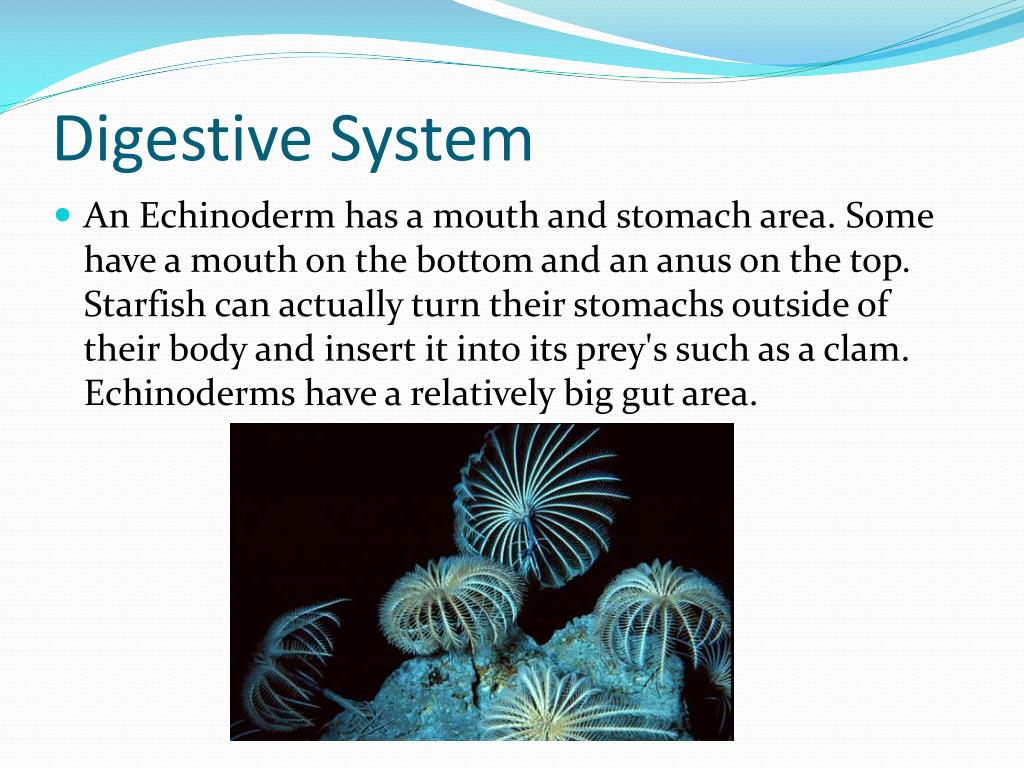

This modification of Disheveled, where most of the PDZ domain is deleted, does not disrupt Adenomatous polyposis coli protein (APC) dependent degradation of beta-catenin in the canonical pathway. Even though the endogenous requirements for the Wnt11 family ligands are not known, the results of disrupting PCP signaling in explants and in whole embryos have been well characterized using the dominant interfering Dishevelled construct Xdd1. JNK kinase activity is also regulated downstream of Dishevelled in this pathway. In this pathway Wnt11 family binding is thought to mediate the interaction of Dishevelled, the formin protein Daam1, and RhoA resulting in increased Rho Kinase activity which mediates changes to the cytoskeleton. The best characterized non-canonical pathway is the Dishevelled-dependent “Planar Cell Polarity” (PCP) pathway. Įxcept for the context of establishing the dorsal-ventral axis before gastrulation, Wnt11 family ligands signal through non-canonical Wnt signaling pathways, which do not involve beta catenin. Signaling downstream of Wnt11 family ligands is complex and involves multiple membrane receptors and cytosolic proteins. However, the specific requirement for these ligands during gastrulation has not been properly assessed by knock-down or knock-out perturbation in amphibians. Signaling mediated by Wnt11 family ligands is known to play an important role in gastrulation and anterior-posterior axis extension in all vertebrates that have been studied. These cytological changes suggest a novel role for the regulation of contractility and stiffness of the epithelial cells that result in dramatic shape changes and are important in gastrulation. The cleavage furrow protein anillin provided an exceptional cytological marker for blastopore lip and archenteron morphogenesis and the consequent disruption through loss of Wnt 11 signaling. We connected these externally visible phenotypes to cellular events in the internal tissues – including the archenteron – by imaging intact embryos stained for anillin and microtubules. Using dark field illuminated time-lapse imaging and kymograph analysis, we identified a failure of dorsal blastopore lip maturation that correlated with slower blastopore closure and failure to internalize the endoderm at the dorsal blastopore lip. In response to their very similar gastrulation phenotypes, we chose to characterize dual morphants. Single morphants exhibited very similar phenotypes of delayed blastopore closure, but they had different phenotypes at the tailbud stage. We knocked down zygotic Wnt11b and Wnt11, separately and together, in Xenopus laevis.

Non-mammalian vertebrate genomes encode two Wnt11 family proteins whose distinct functions have been unclear. Loss of function causes defects in gastrulation and/or anterior-posterior axis extension in all vertebrates. Wnt11 family proteins are ligands that activate a type of Dishevelled-mediated, non-canonical Wnt signaling pathway.


 0 kommentar(er)
0 kommentar(er)
